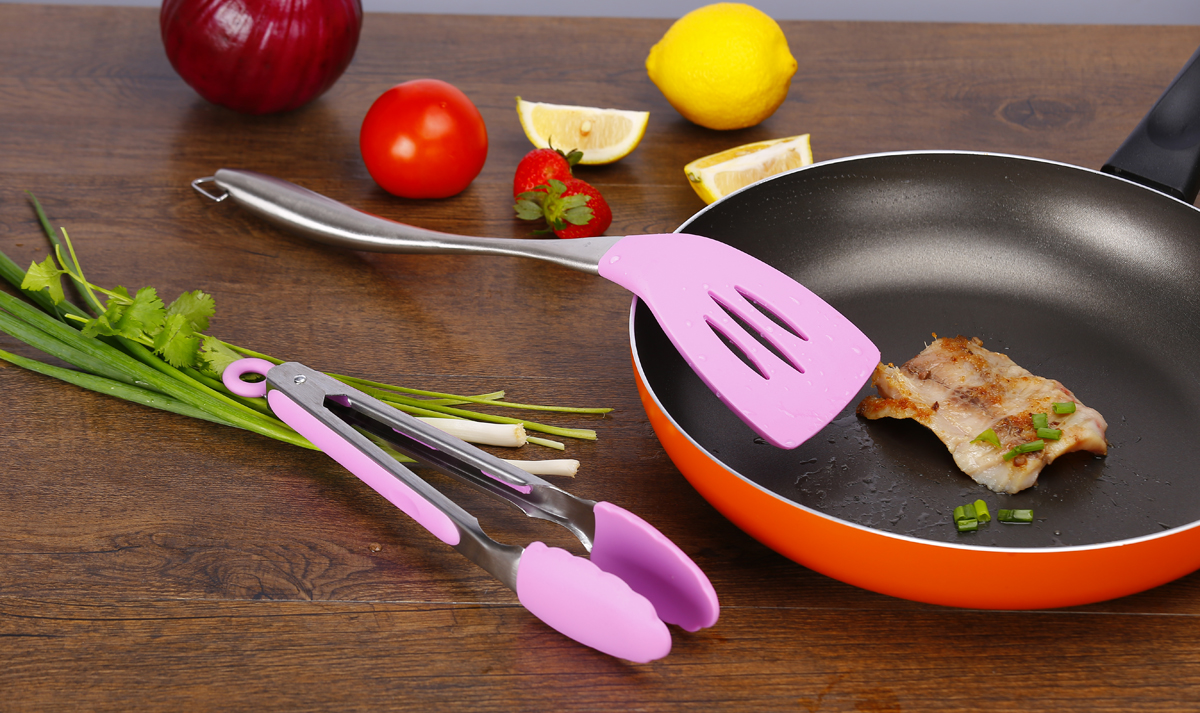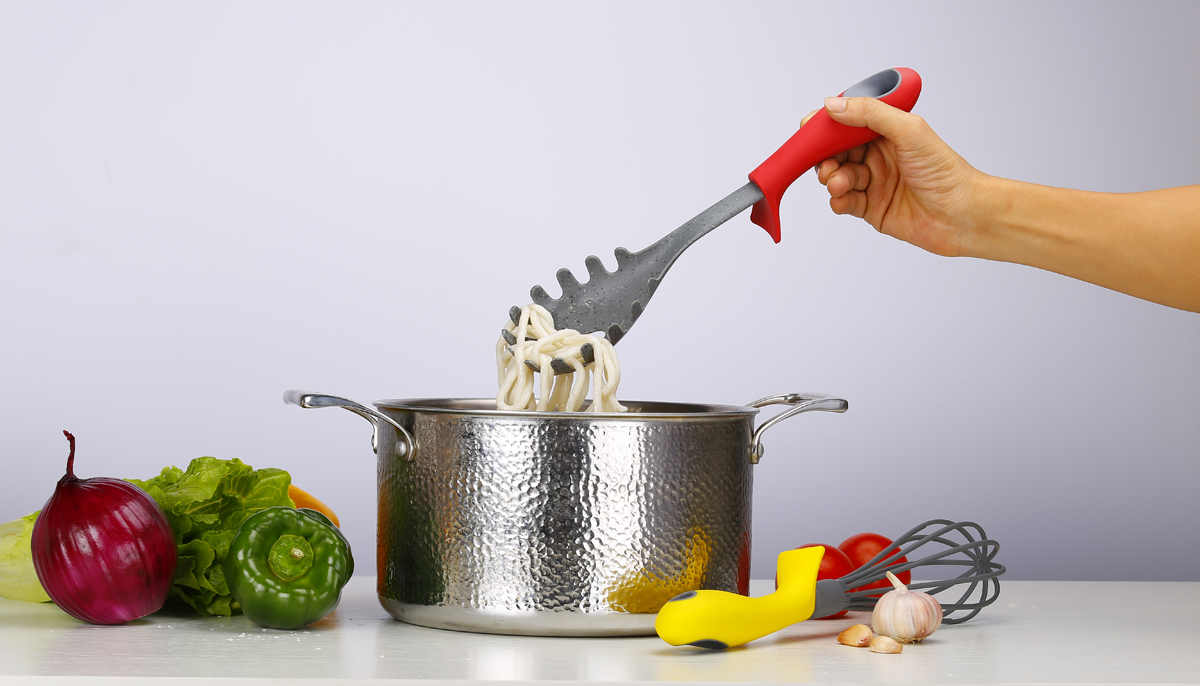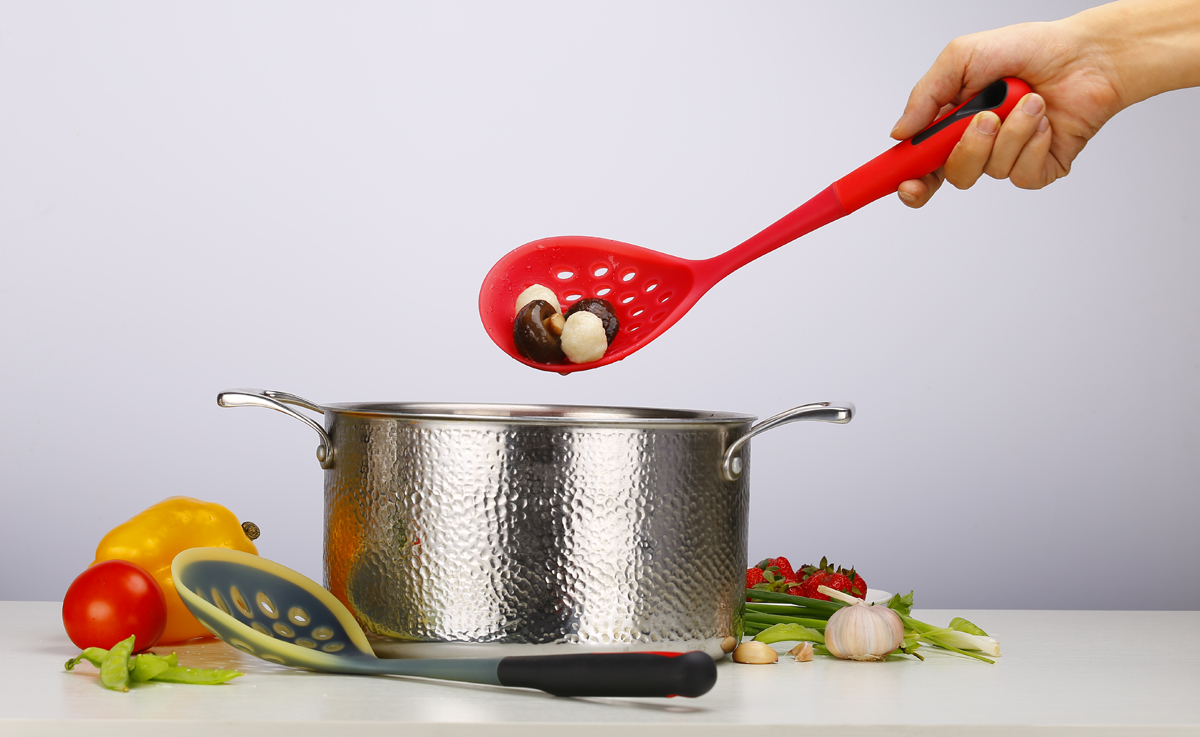Foreword
In inks, flake aluminum powder, copper powder and brass powder are often used as decorative metal pigments. Water-based inks can significantly reduce the volatilization of organic solvents during the printing process. The pH value is often weak alkaline (pH = 8 ~ 9) ink from solvent type to water conversion often lead to corrosion of metallic pigments. For example, the pressure of the packaging container increases due to the release of hydrogen (aluminum powder). Copper pigments lose their light due to corrosion and can also cause the ink to cure. Corrosion of aluminum or copper pigments in alkaline aqueous inks has been reported. After the aluminum pigment reacts, hydrogen is released:
2Al+6H 2 O 2Al(OH) 3 +3H 2
Copper or brass pigments absorb oxygen
2Cu+O 2 2CuO
Cu/Zn+O 2 CuO+ZnO
The amount of hydrogen released in the aluminum pigment and the amount of oxygen absorbed by the copper or brass pigment can be determined by the volume of the gas.
Studies have shown that certain ink resins can inhibit hydrogen evolution corrosion of aluminum pigments in alkaline aqueous inks. In addition, studies have shown that some ink resins can inhibit the oxygen corrosion of copper powder and copper zinc powder. How does this kind of ink resin have different effects on the inhibition of two metals and two kinds of corrosion reactions (hydrogen evolution corrosion and oxygen absorption corrosion)?
This paper will compare the corrosion inhibition of flake aluminum powder, copper powder or brass powder in alkaline aqueous ink with different ink resins.
experimental method
Table 1 lists the data and parts by mass of the tested metallic pigments. Table 2 lists the ink resin data. The solid resin (SMA, MAT SA-1, SA-2) was neutralized with dimethylethanolamine (DMEA) and dissolved in hot water.

Hydrogen Corrosion of Aluminum Pigments
The corrosive medium was formulated with deionized water and butanediol amine 9:1. In order to improve the wetting of hydrophobic metal pigments in aqueous media, we added 2% (mass fraction) of wetting agent (from 10 mol Ethoxylates and nonylphenol adducts) and adjusted to pH 10 with DMEA. A pH of up to 10 was used to accelerate the corrosion process. Then the aluminum paste (in Table 1) was added to 100 mL of the corrosive medium. In the experiment, magnetic stirring was used to disperse for 5 min, and then at room temperature, the amount of hydrogen released in 21 d was measured with a volume measurement device. During the measurement time, the aluminum slurry continuously stirred and dispersed.
The standard aluminum paste has completely reacted within one week. The volume of hydrogen is 4.24 L (average of 29 determinations). The volume of complete reaction of the aluminum paste is calculated to be 4.32 L. Therefore, the measured value and the calculated amount of hydrogen volume are calculated. It is very similar.
Prior to dispersion of the aluminum powder, the ink resins in Table 2 were dissolved in the medium in 0.5% to 2.5% by mass of the solids.
Oxygen and corrosion of copper and brass pigments
The corrosive media consisted of a 2% mass fraction wetting agent (same as above) and 2 mmol/100 mL of acetic acid amine as corrosion promoter and triethylamine (TEA) to adjust the pH to around 10, the metals in Table 1 The pigment was dispersed by stirring in 100 mL of corrosive medium with magnetic stirring. The oxygen absorption of the metal pigment was measured by placing the above dispersion in pure oxygen at room temperature for 21 days and measuring with a gas volumetric analyzer at room temperature. Throughout the measurement, the pigment dispersion was constantly stirred at high speed to accelerate the absorption of oxygen.
The standard metallic pigment dispersion (without the ink resin) completely reacts with oxygen within 1 to 6 days. The total absorption of oxygen by copper pigments was 0.71 L (average of 75 times). The oxygen absorption determined by equation (2) was 0.76 L, and the oxygen absorption of brass pigment (zinc-rich) was 0.7. L (average of 61 measurements) The oxygen uptake measured by Equation (3) was 0.75 L. Therefore, almost all copper units absorb oxygen to form oxides. The fine differences between the calculated and measured data have been discussed in detail before.
Prior to the addition of the metallic pigment, 0.5% to 2.0% by mass of the ink resin (in Table 2) was dissolved in the medium.
AAS atomic absorption spectroscopy
In the medium selected above, the gas absorption of aluminum, copper and zinc (after 21 days) was measured by atomic absorption spectroscopy.
Results and discussion
Aluminum powder pigment
All experimental results of aluminum powder pigments are shown in Figure 1. Obviously, MA resin, especially SMA resin, has better inhibitory effect on hydrogen evolution corrosion of aluminum powder than SA resin. In MA series resin, MA-1 resin with lower acid value has better inhibitory effect than MA-2 resin with higher acid value (Table 2, Fig. 1). The conclusion drawn from the influence of acid value is also a result of previous research. Confirmed. Moreover, Figure 1 shows that as the amount of resin increases, the inhibitory effect on hydrogen evolution corrosion is better.

The results measured by AAS are shown in Table 3. A small amount of aluminum powder was dissolved in the medium (standard). After the SMA resin was added, the dissolving power of the aluminum powder was greatly increased. This can be explained by the formation of at least partially soluble resin. And aluminum powder (III) mixture. Moreover, by adding two SMA resins, the amount of soluble hydrogen (III) was significantly reduced by measuring the amount of hydrogen released (Table 3). This shows that a large amount of aluminum (III) (which may contain a small amount of resin) is present on the surface of the pigment to form a protective layer.
You can now execute every recipe to perfection with this amazing kitchen utensil set! The Kitchen Utensils set will provide you with everything you need to mix, stir, flip, serve and cook like a pro.
PREMIUM QUALITY:The cooking tools set contains 6 premium quality kitchen utensils that are carefully crafted with food grade silicone and wood. The heat resistant siliconeis free from any dangerous materials for maximum safety, and the wooden handles are very strong for unique durability.
ECO-FRIENDLY MATERIALS:The Cookward Kitchen Tools are the perfect alternative to plastic. They are made with eco-friendly silicone and natural wood that are safe for the environment and your health, and easily sustainable.
NO MORE SCRATCHED POTS:Forget about scratching yourpots and pans every time you cook! Unlike the usual stainless steel utensils, these cooking tools will never damage your pans. They are also non-stick for perfect results.
STYLISH DESIGN: These cooking utensils have a modern design that will match every kitchen decoration and style. The kitchen tools come in elegant blackand natural wood so they can be perfect for every style, from rustic and romantic to minimalist and modern.



Kitchen Utensils
Kitchen Utensils,Colorful Kitchen Utensils,Silicone Chef Utensils,
YANGJIANG TOALLWIN TRADING CO., LTD , http://www.toallwin.com